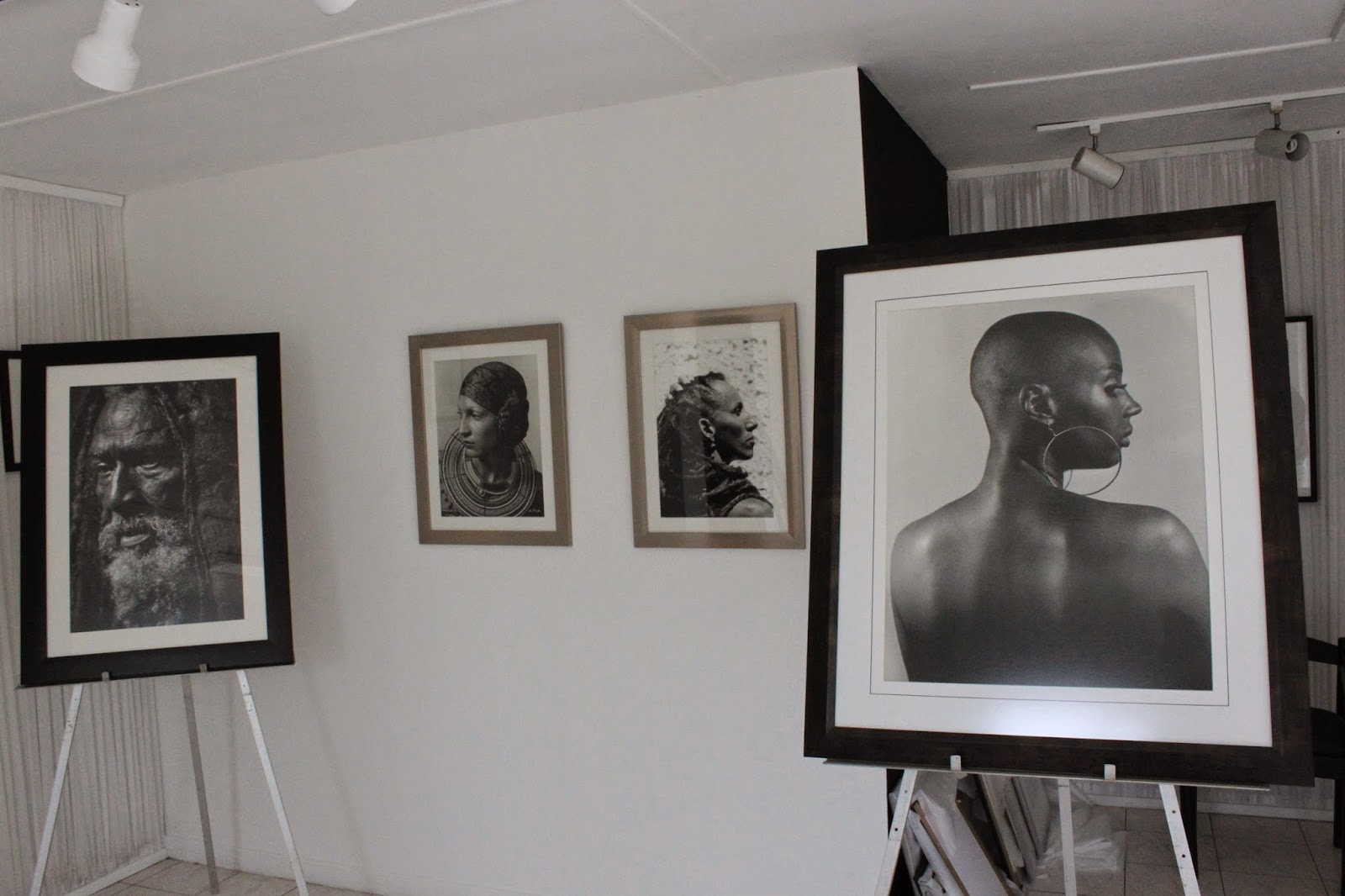Treading on cobbled stones in San Juan
 | ||
| Capitolio de Puerto Rico, the legislative assembly |
San Juan, one of the oldest cities in the continental United States, is tucked away from the bustling Condado district; high-rises, stores, and shops, clubs and shiny, swanky cars transition to an elevation, where the old city appears, the tar of the road giving way to the cobblestone streets.
This old city is a mix of 400 years of urban development, which has a confluence of varied eras of Spanish influence - Gothic, Renaissance, and Baroque architecture - which encapsulates arches, drones and ornamentation on the facades of the structures.
Known as La Ciudad Amurallada (Walled City), San Juan has one of the biggest natural harbours in the Caribbean and is one of the oldest European-founded cities in the Americas.
 |
| Cobblestone streets in the old city of San Juan |
In the vicinity of these fortifications, a row of lifelike statues of the presidents of the United States face the El Capitolio (Capitol Building of Puerto Rico), the legislative assembly building built in 1929; this imposing structure sits on the periphery of the old city.
Walking along the streets of this city, where modernity bustles with the time-encapsulated structures, the edifice of Catedral de San Juan (San Juan Cathedral) radiates serenity. The second oldest cathedral in the Western Hemisphere is a New World example of medieval architecture said to have its fair share of historical testaments.
The original church, which had wooden walls and a thatched roof, was destroyed by hurricane in 1526, rebuilt in 1540, looted in 1598, and ravaged by another hurricane in 1615. The current structure was built in 1917, with major restorations.Capilla del Cristo (Cristo Chapel), built in the 18th century, has fables surrounding its existence, a divine intervention to prevent accidents and spill offs on the cliff that it is located on. The chapel houses Campeche paintings and altar.
STRIKING FEATURE
 |
| A church in the old city of San Juan |
Old San Juan is diverse, both architecturally and historically, which makes it unique and distinct. The historic sites and buildings blend into the modern world, where the visitors flock and savor the quaint shopping experiences, sip their favorite brew and indulge in delicacies alfresco, under the tree shaded café's.
Old San Juan stands as a testimony of resilience, withstanding the ravages of time, and as that country goes through its metamorphosis, perhaps a fine example of how the past can be blended into the present - functional yet timeless.



Comments
Post a Comment